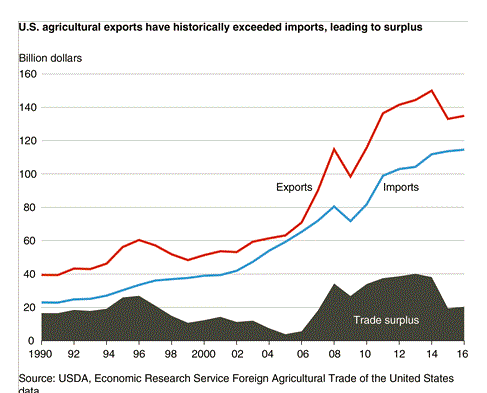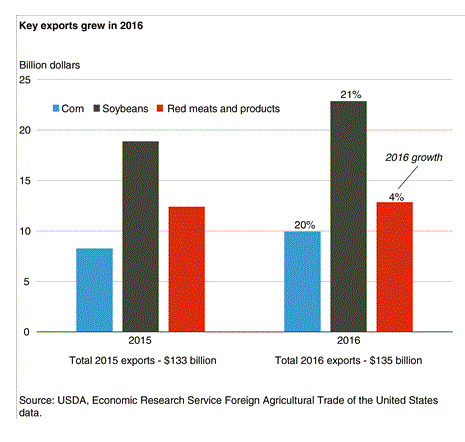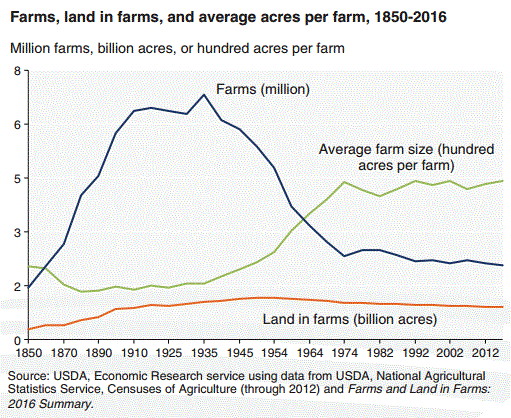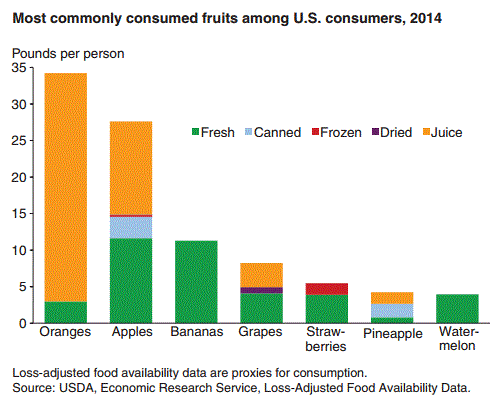Food security: a roundup of new reports: international and domestic
International
For the past few weeks I’ve been collecting reports on food security. I’ve already posted the most recent report on worldwide trends (not good) from the Food and Agriculture Organization (FAO)
Here are two more on global trends:
- Progress and Challenges in Global Food Security: USDA/ERS researchers analyze the roles of trade, agricultural productivity, safety nets, and better data and measurement in achieving achieving gains in global food security.
- The World Food Crisis: The Way Out (2017/10th Anniversary Issue). This comes from Right to Food and Nutrition Watch and includes their reports from the last 10 years.
In an editorial triggered by the FAO report, The Lancet announces a major effort to address global food security:
In 2018, The Lancet will launch four food-related initiatives: the EAT-Lancet Commission, the LancetObesity Commission, a Series on health and agriculture, and a Series on the double burden of malnutrition. Each of these projects will reinforce a different aspect of the global call for equitable and sustainable provision of food to be a priority: recommending how policy makers approach food systems inclusive of health, cultural respect, agriculture, production, transport, trade, and retailing.
U.S. Domestic
In the meantime, food security remains a significant issue in the U.S., as indicated by this collection of recent reports, mostly from USDA:
- Food Security in the U.S.: Food security—access by all people at all times to enough food for an active, healthy life—is one requirement for a healthy, well-nourished population. ERS plays a leading role in Federal research on food security in U.S. households and communities.
- Food Security in the United States: This product provides information about publicly available data from national surveys that include the U.S. Food Security Survey Module. Technical information is provided to facilitate appropriate use of the data, and links are provided to access data on line or to order the data files on CD-ROM.
- Household Food Security in the United States in 2016: An estimated 12.3 percent of American households were food insecure at some time during the year in 2016, lacking access to enough food for an active, healthy life for all their members; essentially unchanged from 12.7 percent in 2015.
- Statistical Supplement to Household Food Security in the United States in 2016: This is the statistical supplement for USDAs annual report on households access to adequate food for active, healthy living.
- Food Insecurity, Chronic Disease, and Health Among Working-Age Adults: Lower food security is associated with higher probability of 10 chronic diseases (e.g., diabetes, cancer) and is more strongly predictive of chronic illnesses than income in some cases. In some cases, food insecurity is more closely related to chronic disease, than is income.
- Understanding the Prevalence, Severity, and Distribution of Food Insecurity in the United States
- PBS News Hour Twitter Chat titled “What it means to be hungry in America: ERS tweeted responses to questions from News Hour and shared links to ERS research. You can find a summary of that Twitter Chat here.
- The Effects of Energy Price Shocks on Household Food Security in Low-Income Households: This study shows that an unexpected rise in the prices of gasoline, natural gas, and electricity increases the probability of food insecurity and other food access problems, while an unexpected drop in the price of each energy source decreases the probability. Low-income households are more vulnerable to energy price shocks than households with higher incomes. An Amber Waves magazine article was published in conjunction with this report.
- USDA’s National School Lunch Program Reduces Food Insecurity
- Adults With Disabilities, Especially Mental Health Disabilities, Are at a Higher Risk for Food Insecurity









